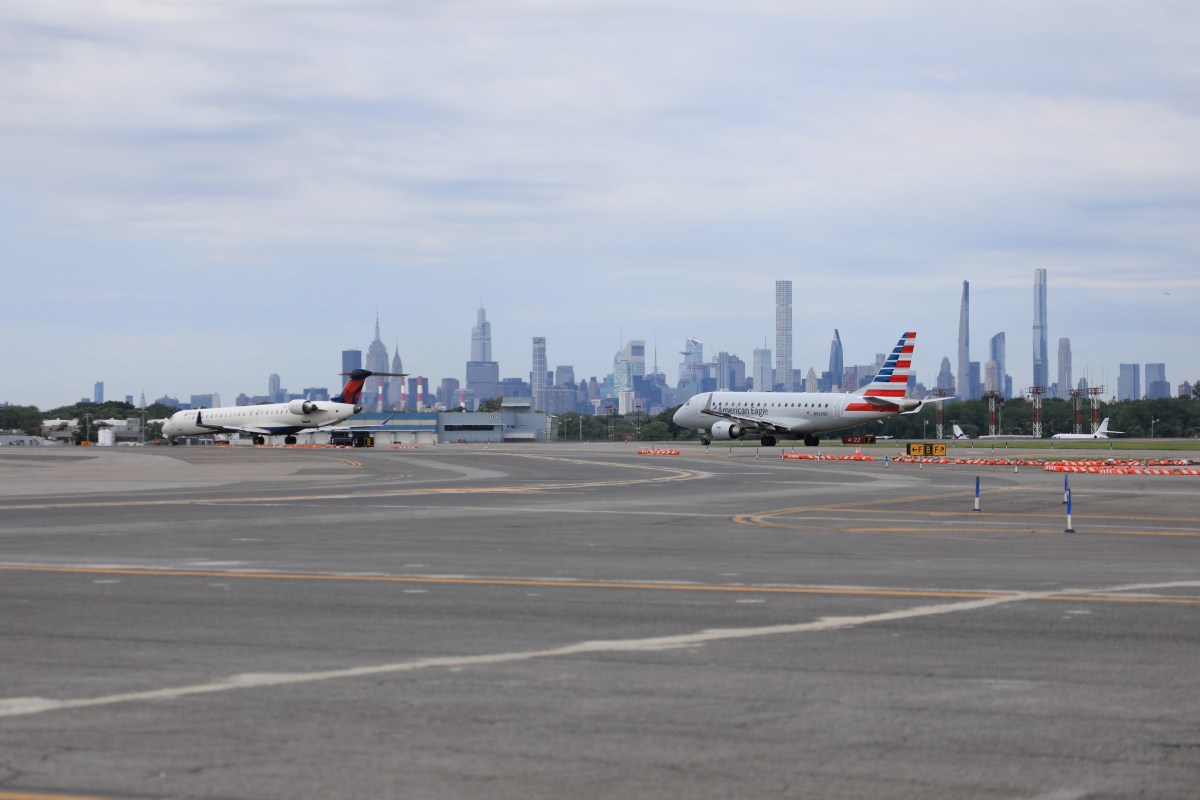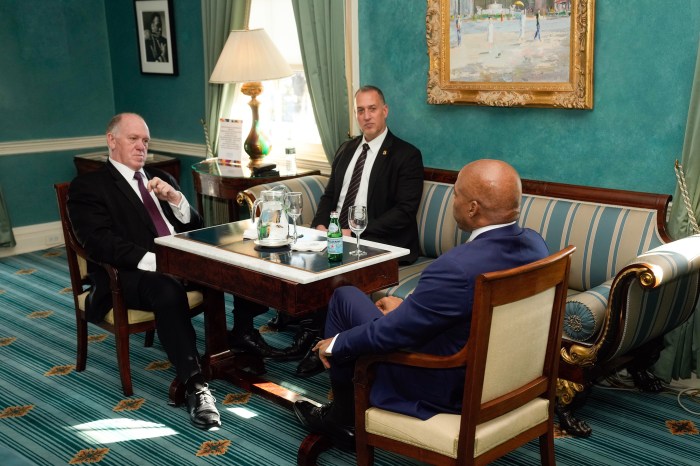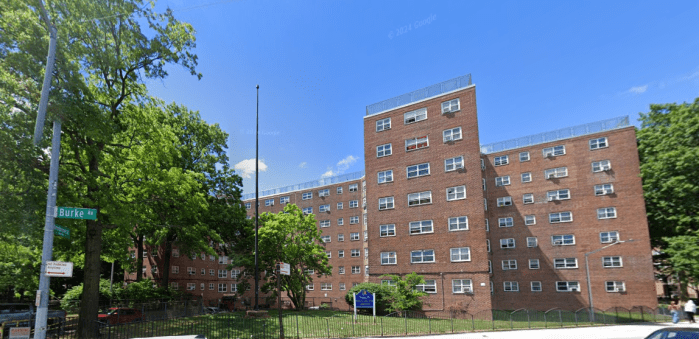BY ALINE REYNOLDS |
The Financial District’s Federal Reserve Bank was the target of a potentially deadly terrorist attempt in mid-October.
On the morning of Wed., Oct. 17, Quazi Mohammad Rezwanul Ahsan Nafis, a 21-year-old from Bangladesh, tried to detonate what he believed to be a 1,000-pound bomb in front of the New York Federal Reserve Bank on Liberty Street. But members of the Federal Bureau of Investigation’s Joint Terrorism Task Force were fully aware of his intentions and had rendered the bomb harmless. They had closely been surveilling Nafis since early July, feigning complicity as al Qaeda operatives.
Nafis, who was arraigned in a U.S. District Court in Brooklyn later that day, now faces life in prison for attempting to use a weapon of mass destruction and attempting to provide material support to al Qaeda.
An undercover F.B.I. agent posing as an al Qaeda member and facilitator met with Nafis several times over the last few months as he plotted a massive vehicle-borne attack blocks away from the World Trade Center. Ultimately, the would-be terrorist settled on the Federal Reserve as his target rather than the New York Stock Exchange on Wall Street.
At one point, Nafis told the F.B.I. agent that he wanted to “blow up the whole New York Stock Exchange building,” adding that he needed to make sure that “this building is gone,” according to the court papers. He ended up choosing to target the Federal Reserve, the site of several hundred office workers, because of its sizeable influence on the American economy.
In an unpublished article he intended to submit to “Inspire,” an English-language publication magazine issued by al Qaeda in the Arabian Peninsula, Nafis wrote, “All I had in my mind [is] how to destroy America. I came up to this conclusion that targeting America’s economy is most efficient way to draw the path of obliteration of America as well as the path of establishment of Khilapha.”
The undercover agent discouraged him from returning to Bangladesh to see his family one last time before attempting a suicide bombing — assuring him that he could visit home after carrying out a terrorist attack if he remotely bombed the building of his choice.
The morning of Oct. 17, the undercover agent joined Nafis in a trip by van from a New York warehouse (whose location officials haven’t identified) to Liberty Street. The duo then walked to a nearby hotel, where they checked into a room and recorded a video explaining Nafis’s motives for the imminent attack.
Moments later, Nafis attempted to detonate the fake bomb several times, using his cell phone to activate the explosives he thought were inside the parked vehicle. Agents quickly raided the van to collect the evidence of his terrorist attempt and proceeded to place him in handcuffs.
Nafis’s plan is one of approximately 15 terrorist plots the city has seen since Sept. 11, 2001, according to Police Commissioner Raymond Kelly. The Federal Reserve, he said, has been added to a list of iconic terrorist targets that include the N.Y.S.E., the Brooklyn Bridge and the Citicorp Center in Midtown East.
A thousand New York Police Department officers are assigned to counterterrorism duties on a daily basis, Kelly noted in a written statement. “Whether al Qaeda operatives like Lyman Faris or those inspired by them like Jose Pimentel, terrorists have tried time and again to make New York City their killing field,” he said. “After 11 years without a successful attack, it’s understandable if the public becomes complacent. But that’s a luxury law enforcement can’t afford.”
Kelly continued, “Vigilance is our watchword now and into the foreseeable future.”
Community Board 1 chair Catherine McVay Hughes, who lives a block away from the Federal Reserve, said the most recent terrorist attempt doesn’t make her worried about safety. “It shows that the N.Y.P.D. is on top of what’s happening Downtown,” she said. “The N.Y.P.D. is good at determining its needs, and C.B. 1 has always been supportive to make sure that they get the resources they need.”





































